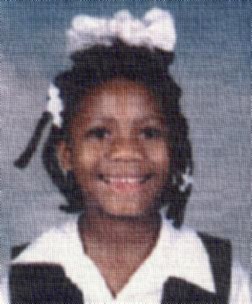Why can’t my child speak clearly? Why your child may not qualify for speech services?
D y s a r t h i a
School Term :(SLD - Specific Learning Disability)
This condition is a weakness of the muscles used for speaking
Challenges: 1 or more
- speak in a whisper
- slurred speech
- appear to be talking through his nose
- unable to control their muscle movement
What to look for:
The child might speak in a whisper, have slurred speech, or appear to be talking through his nose. There may also be other physical problems related to their being unable to control their muscle movement. Children with cerebral palsy often have dysarthria.
Dysarthia
Dysarthia is a speech disorder that results from weakness and/or incoordination of the nerves and muscles that control speech. Dysarthria can be caused by progressive neurological diseases such as Parkinson's or Lou Gehrig's disease or by conditions such as stroke or head injuries.
Symptoms: Dysarthia, the speech mechanisms that control respiration, voice production, resonation, and articulation, are affected. Many individuals with dysarthric speech patterns also have difficulty swallowing. Dysarthric speech ranges from being slightly distorted to unintelligible. Persons with dysarthria are usually able to understand spoken and written language.
Treatment and Rehabilitation: Speech therapy programs, which teach individuals ways to improve overall speech intelligibility, can be effective. In more severe dysarthria augmentative communication devices, such as picture boards, computers and speech synthesizers, may be helpful.
· Be a careful, patient listener. Allow extra time for communication.
- Reduce background noise that may compete with the person's speech.
- Consider using augmentative communication devices for the person with severe dysarthria.
- Observe facial expressions, body language, and lip and tongue movements to enhance your understanding capabilities.
- Encourage the person with dysarthria to modify this speech pattern. This can be done by asking him to speak slower, louder and in short sentences.
- Consult a licensed speech-language pathologist.
https://my.clevelandclinic.org/health/diseases/17653-dysarthria


